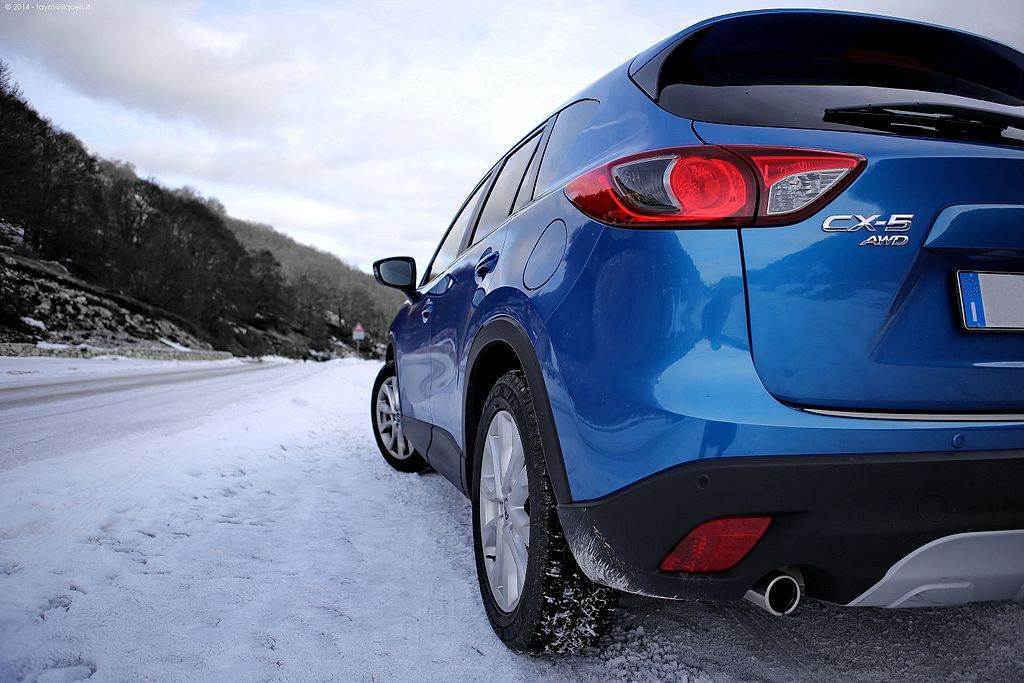When winter arrives, driveways get covered in snow and the roads become slushy. Icy conditions that exist on many road surfaces increase the risk of accidents. That’s why it’s so important for drivers, especially those who live in areas where ice and snow are common during the winter months, to understand how their automobile works on these slippery surfaces.
The problem with driving on ice and snow is that you don’t have traction. And if you want to get anywhere, then you need traction! So, how do we add traction? The answer is all-wheel drive (AWD) cars. These cars are well-equipped for driving in winter conditions.
Let’s find out how they are better than four-wheel drive in tackling such road conditions.
Contents
How All-Wheel Drive Cars Function on Slippery Conditions
All-wheel drive cars are designed for slippery conditions like icy roads and snowy paths. When the wheels spin, power is transmitted to the wheel with the most grip.
In this case, an all-wheel drive car will send power to a wheel with traction instead of spinning uselessly. This gives your car better control and more ability to stop quickly when needed, saving time and energy (and lives)!

An all-wheel drive car works by using a power distribution center to transfer engine torque between the front and rear wheels, depending on which end has more traction at any given time. When traveling around turns, it helps provide additional grip during acceleration by channeling power to each wheel.
Why AWD is Better than 4WD on Slippery Surfaces
The answer to this question lies in the technology behind both types of vehicles. The primary difference between AWD and 4WD is that one transfers torque between two front wheels with two rear wheels, and the other has a power distribution center.
With the 4WD vehicles, when any of the four tires lose traction on icy roads there is a loss in power delivered to the other three, causing the car to skid out of control. All-wheel drive is a much safer option as it can evenly distribute power to all four tires without any loss in grip, which leads to less skidding and more safety on winter roads.
On the other hand, a 4WD car also uses this technology and has an additional set of gears that connect two front wheels together with two rear wheels. This provides more traction than just all-wheel drive, but it’s less efficient. It’s because when one pair of tires loses grip, the other pair loses power too, which will cause you to spin out of control.
SEE MORE
With all-wheel drive, this problem doesn’t exist because torque is being distributed evenly across all four wheels simultaneously without any loss in traction. That’s why an all-wheel drive car is a great option for driving on icy or snowy roads!
A 4WD car performs better in extreme winter conditions. It will be a better option than an AWD on an icy hill or unplowed snowy roads.
Conclusion
All-wheel drive cars are great options for winter driving. They are particularly safer on city roads where snow does not pile up. When it comes to dealing with slippery conditions AWDs are more efficient than 4WD vehicles.



